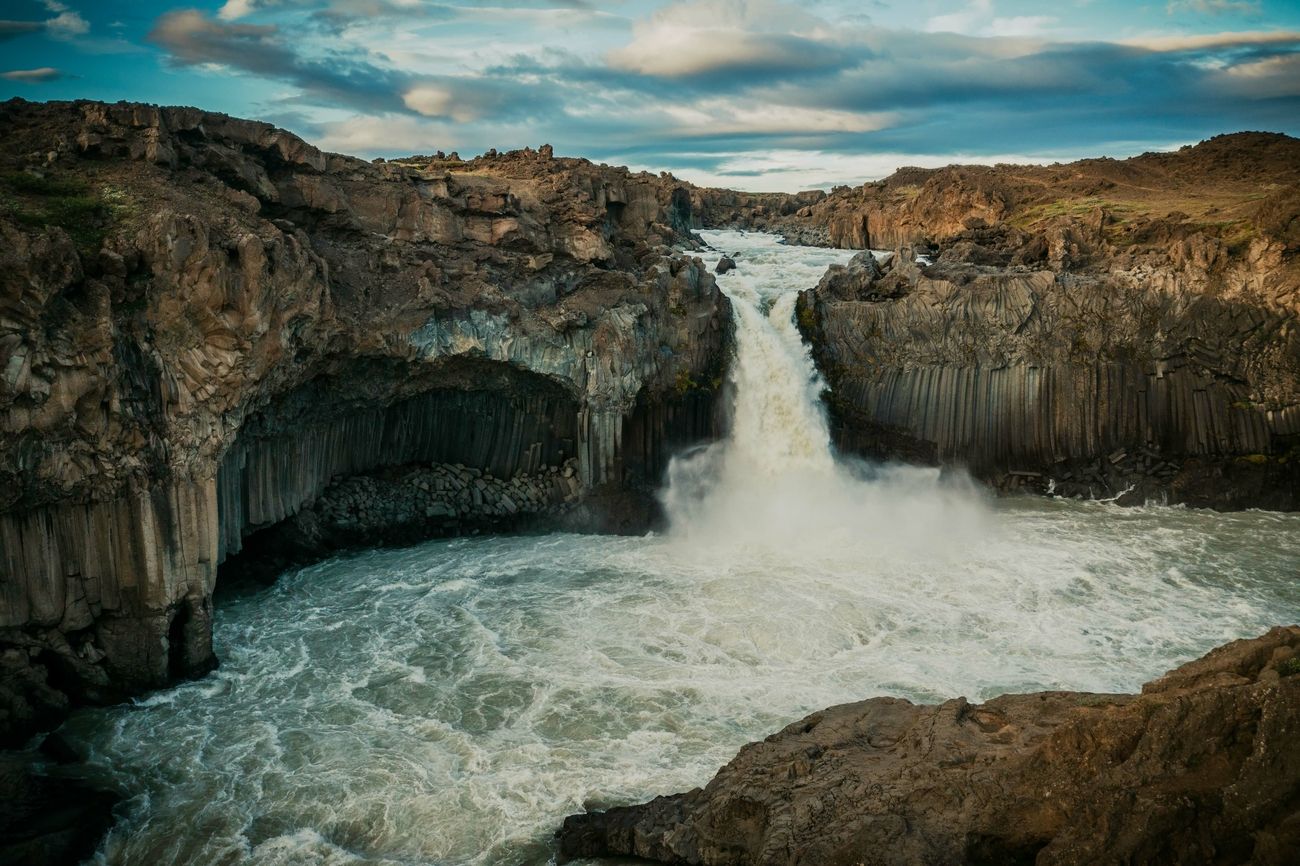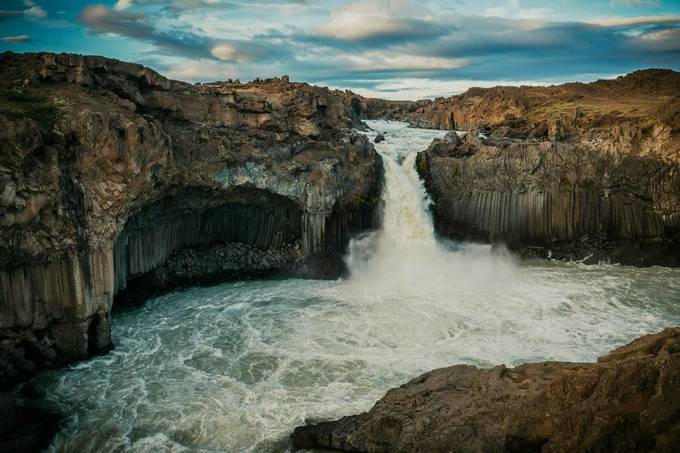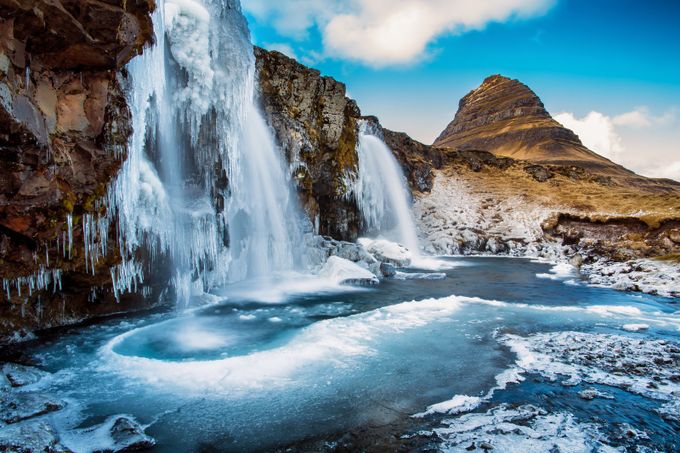ViewBug community member ianmontgomery traveled to Iceland, discovered the true magic of that country, and left with an award-winning shot. His waterfall shot placed Runner Up in the Celebrating Nature Photo Contest. Enjoy a handful of quick tips to improve your waterfall shots and learn how to take photos of moving water.
Use A Remote Shutter Release To Photograph Moving Water.
For the award-winning shot, I used a Canon 5dmk3, tripod, and a remote shutter release.
Choose The Right Place And Time.
Shoot early or late. The photo was taken later in the day, around 4pm I think. I spent 12 days driving the ring road and was just left speechless by the incredible beauty of the country. We have all seen so many photos from there and heard all the stories but nothing you can read or see in photographs comes close to explaining how amazing the landscape is there. I strongly suggest if you have been wanting to go, just find the money and get there as soon as possible. You will not regret it.
Try To Find A Different Angle To Photograph Waterfalls.
I think it's easy to see what inspired me to take this shot. I had seen so many shots of this location before I went there, so I tried to find something a little different. Most shots from this angle are taken from up higher, so I went right dow to the water level, got even wetter and even colder but found an angle I loved.
Do The Right Post-Processing.
The winning shot was post-processed in Lightroom and Photoshop.
Take Many Photos Of Moving Water.
The best advice is to just take photos, every day if possible. Take photos that you are proud of and happy with. For me, the best reward is to be happy with a photo I took.
Don't Carry Too Much Photography Gear.
I try and keep my equipment to a minimum. Usually, I have a 5dmk3, 70-200 f2.8, and a 70mm f1.4 plus a remote shutter release that I nearly always use. I have to admit though that I went a little crazy on gear for my trip to Iceland and had a Hasselblad with a phase one back plus a Cambo. Trouble was because those cameras were sharing the one Phase One back, it meant I was swapping it over a lot, and on the second day of my trip the sensor got really dirty. It wasn't until the second last day of my trip I got to a photo store where I could buy some better cleaning accessories because the ones I brought weren't doing the job and I didn't want to risk damaging the sensor.
Follow ianmontgomery and award your favorite shots and read these articles that you might enjoy:
Learn How To Take Photos Of The Ocean






